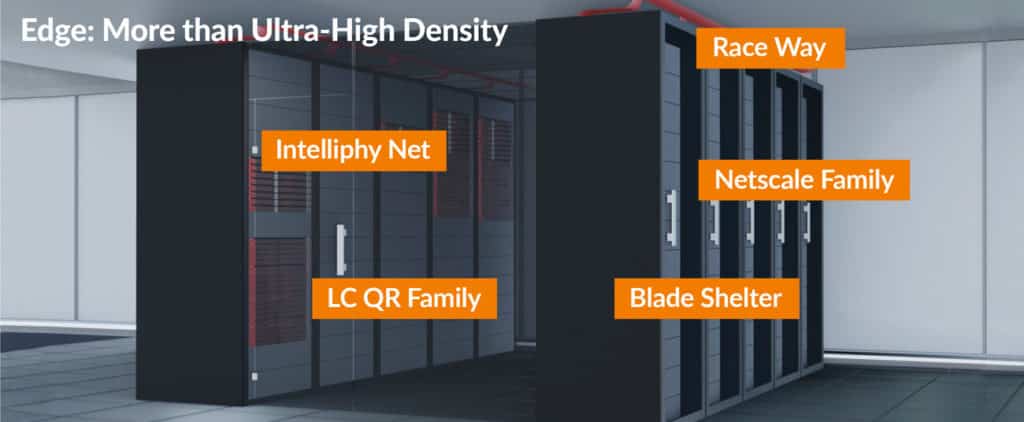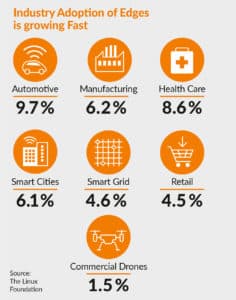Your Data Center is Now Everywhere

Happy in the cloud?
For decades, conventional data centers have been the tried-and-tested and most secure infrastructure for storing risky and protected data and operating your own applications. After all, many companies have relied heavily on the cloud over the past 20 years. By this, they understood remote and central mega-data centers with their own IT architecture to host their data.
Understandably, however, IT departments still want full access to their resources and applications. To this end, they currently use the rental offers of diversified colocation providers. The operative premises are of secondary importance.

New requirements
Now, young digital growth markets demand enormous, low-cost, real-time processing power for data-intensive services and applications. The cloud is too slow. As a result, there is once again a demand for local, low-latency processing power. Agile, regional edge data centers can offer the necessary performance.
What works well in the various public and private clouds will continue to be operated there in the future. According to Gartner, by 2025 about 85% of applications will be taking place in various cloud architectures. The data center is becoming hybrid.
New architectures
Logically, this results in a situation that requires a distributed IT architecture. In other words:
- Data processing must be independent of dedicated locations and infrastructures. The data center must no longer be seen as a single fixed infrastructure.
- Enterprise applications must be able to move around the globe through local IT, edge, private, and public clouds, depending on the business needs and business model.
- It must be possible to configure applications, operating systems, IT stacks, storage devices, data, and workloads intelligently, cost-effectively, spontaneously, and virtually.
- Specific installations and process automation must be supported.
The solution is hybrid data center architecture.
A hybrid data center uses technologies such as virtualization, multi-cloud, and software-based services to provide resources regardless of location. The data center is effective everywhere. It consists of a dynamic network and virtual machine infrastructures.
Expanding infrastructures

The trend towards hybrid data centers requires strong infrastructures at every level: carrier connectivity and backhaul, interconnects and networks, meet-me, and computer rooms. The trend is so clear that providers now need to expand these infrastructures.
Component-based, integrated infrastructure solutions are R&M’s answer to the trend. Data center providers and their customers get everything from an individual rack and connectivity to a computer room and management system from a single source. This allows them to quickly and independently build and organize their own architectures, networks, and services in the new hybrid IT world. You can find out more about this complex topic in the recently published blog «Complete Infrastructure Solutions for Data Centers».

